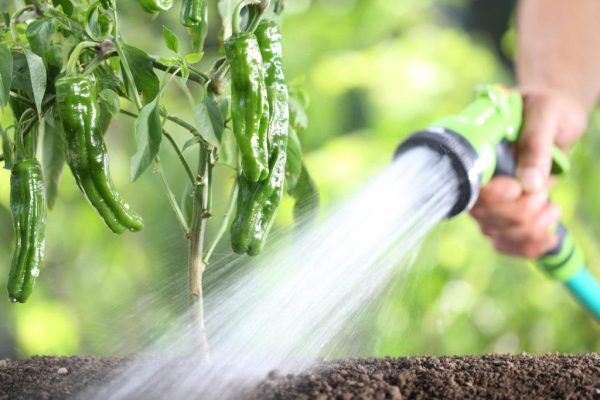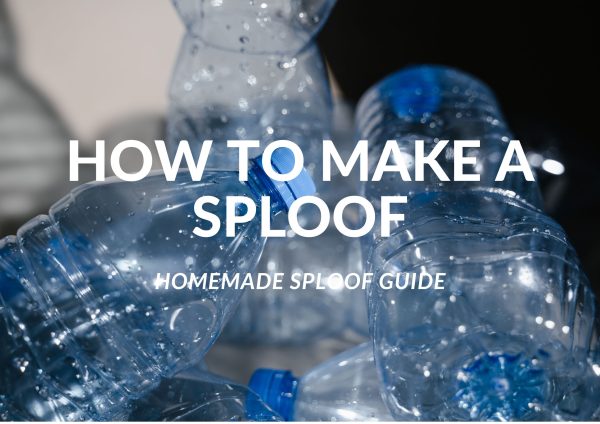Germination is the magical process through which a seed transforms into a young plant. It marks the beginning of life for every plant species, whether it’s a towering oak or a delicate wildflower. Understanding the intricacies of germination is fundamental for any gardener or plant enthusiast. In this comprehensive guide, we will delve into the depths of germination, exploring its definition, methods, and expert tips for achieving optimal results.
Table of Contents
What is Germination?
Germination is the process by which a seed begins to sprout and grow into a new plant. During germination, the seed absorbs water, which activates enzymes that break down stored nutrients, allowing the embryo within the seed to grow and develop into a seedling. This process typically involves the emergence of the radicle, the embryonic root, followed by the emergence of the shoot, which eventually develops into the stem and leaves of the plant. Germination is a crucial stage in the life cycle of plants, as it marks the beginning of growth and the transition from a dormant seed to an actively growing seedling.
Understanding Seed Germination Processes
Each phase is carefully regulated by molecular signals like hormones and gradients of nutrients/moisture. Any interruptions can impair or terminate the germination process. Monitoring and controlling the environmental parameters is critical.
How to Germinate Seeds
Now that we understand the basics of germination, let’s explore the various methods for coaxing seeds to sprout. From the traditional to the innovative, there are several techniques to suit every gardener’s preferences.
4 Methods of Germination
1. Paper Towel Method
The paper towel method is a simple and effective way to germinate seeds indoors. To begin, place seeds between layers of damp paper towels in a shallow container. Keep the towels moist and warm, and within days, you’ll witness the emergence of tiny roots and shoots.
2. Water Germination
Water germination involves submerging seeds in water to initiate the germination process. This method is particularly useful for seeds with hard shells that may benefit from softening before planting.
3. Directly Sowing
Direct sowing is perhaps the most natural method of germination, allowing seeds to sprout directly in their intended growing environment. Whether in pots or garden beds, simply plant seeds at the appropriate depth and provide adequate moisture and warmth.
4. Stratification
Stratification mimics the natural conditions that certain seeds require for germination. By subjecting seeds to periods of cold and moisture, typically by placing the seeds together in a cup of water and then refrigerating them overnight before germination, gardeners can break dormancy and prompt germination.
Tips and Tricks for Better Germination Rate

FAQs
1. How long does germination take?
Germination times vary depending on the plant species and environmental conditions. Some seeds may sprout within days, while others may take weeks or even months.
2. Can I speed up the germination process?
While certain methods, such as scarification or stratification, can expedite germination for specific seeds, patience is often the key to success in gardening.
3. What should I do if my seeds fail to germinate?
If seeds fail to germinate, consider factors such as seed quality, environmental conditions, and planting depth. It may be necessary to adjust these variables for better results.
4. Is there a way to test seed viability before planting?
Yes, conducting a simple germination test can determine the viability of seeds before planting. Place a few seeds between damp paper towels and monitor them for signs of germination.
5. Can I reuse seeds from mature plants for germination?
While it’s possible to collect and save seeds from mature plants for germination, not all seeds will retain their viability. It’s essential to ensure proper storage conditions to maintain seed quality.
Conclusion
In the journey from seed to sprout, germination serves as the critical first step. By mastering the art of germination and employing the right techniques, gardeners can unlock the potential of every seed, nurturing it into a thriving plant. Whether you’re a novice gardener or a seasoned green thumb, understanding the intricacies of germination will elevate your gardening endeavors to new heights.





